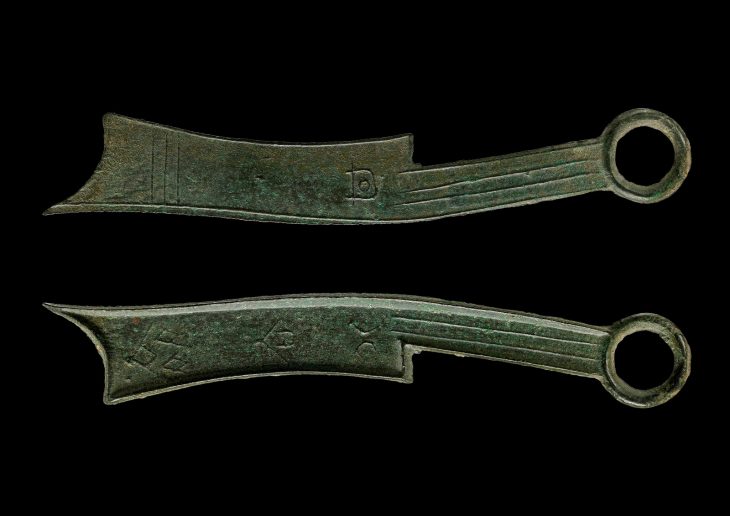Researchers have for the first time decoded ancient Chinese texts that contain recipes to make metal, revealing six unique formulas that show metallurgy was more complex at the time than previously thought.
The formulas have been deciphered from a Chinese text that is nearly 2,300 years old.
Known as The Eastern Zhou text, these writings contain six formulae, or recipes, for casting different forms of bronze based on the combination of two components: Jin and Xi, which had baffled archeologists and metallurgists for over a century, as their precise explanation was not understood.
For decades, researchers had believed that Jin and Xi referred in the manuals was copper and tin. New findings now suggest they were instead pre-made alloys used in the production of bronze.
The study published in the journal Cambridge Core by the Cambridge University Press states that rather than pure metals, Jin and Xi were pre-prepared copper-rich alloys, in turn indicating an additional step in the manufacturing process of copper-alloy objects.
Alloys are substances that combine more than one metal and researchers speculate that Jin and Xi refer to a blend of several metals. When Jin is divided into six and tin occupies one, it’s a combination to make bells and tripod, vessels, on the other hand, when jin is divided into five, tin occupies one, its a combination likely for axes and hatchets.
They found that under any interpretation, the tin concentrations are uniformly higher than expected and the now extensive database of the chemical composition of Eastern Zhou bronzes shows them to be a diverse set of leaded bronzes, rather than alloys of only copper and tin.
Researchers concluded that Jin and Xi could have been pre-prepared alloys supplied to ancient Chinese bronze-casters. “This reading of the six recipes enables us to better capture the invisible manufacturing steps embedded in the metallurgical and circulation process, and comprehend the enormous diversity of the alloying composition of artefacts dated to the Chinese Bronze Age,” researchers said.




